ronlane
What's next?
- Joined
- Aug 3, 2012
- Messages
- 10,224
- Reaction score
- 4,961
- Location
- Mustang Oklahoma
- Website
- www.lane-images.com
- Can others edit my Photos
- Photos OK to edit
I finally got the Photix Atlas II radio flash triggers today. I got them home and have been practicing with the set up and got a few shots but thought I would ask for help to get better. C&C.
Using 24-135mm at 85mm. Using a wireless shutter.
1.

IMG_7840 by Ron_Lane, on Flickr
2.

IMG_7834 by Ron_Lane, on Flickr
3.

IMG_7818 by Ron_Lane, on Flickr
Using 24-135mm at 85mm. Using a wireless shutter.
1.

IMG_7840 by Ron_Lane, on Flickr
2.

IMG_7834 by Ron_Lane, on Flickr
3.

IMG_7818 by Ron_Lane, on Flickr







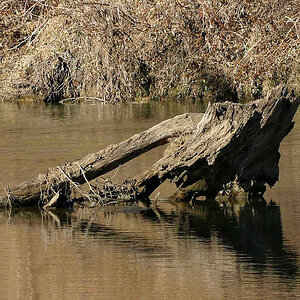
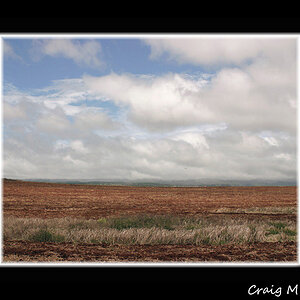
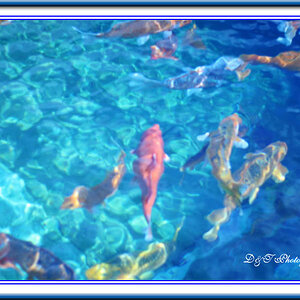

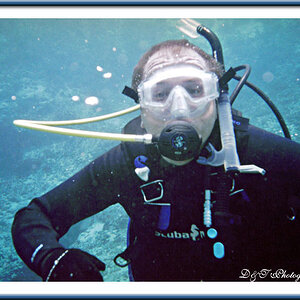
![[No title]](/data/xfmg/thumbnail/31/31744-f06a1a9bb9c74e3b8b332878f5fe71f1.jpg?1619734986)

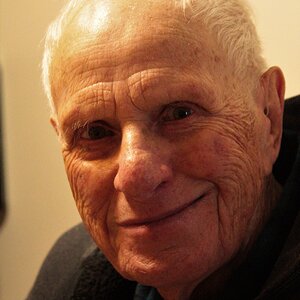
![[No title]](/data/xfmg/thumbnail/31/31746-12607d714ca2713b95250821c881aea9.jpg?1619734987)
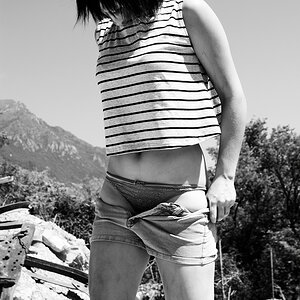
![[No title]](/data/xfmg/thumbnail/38/38294-cb4a5aa0ded725d4c694e6eebe276f0d.jpg?1619738564)
